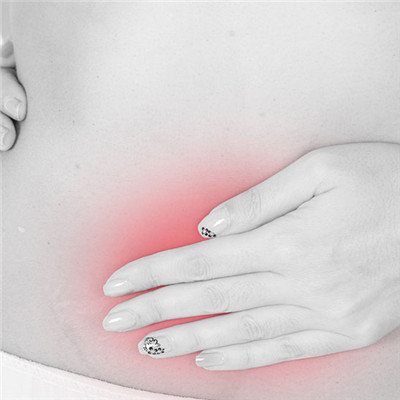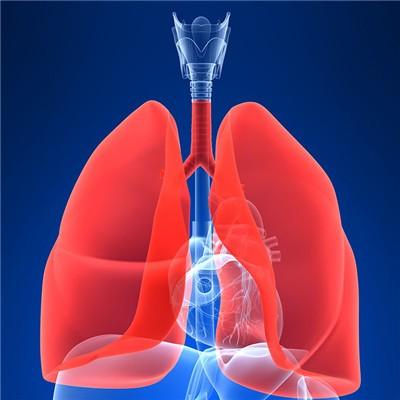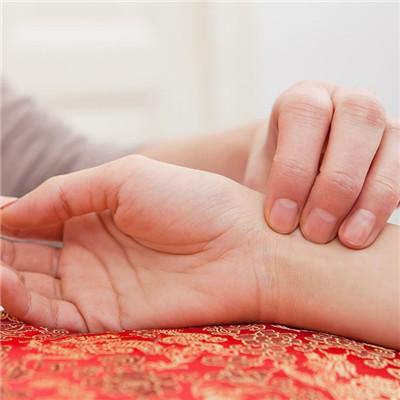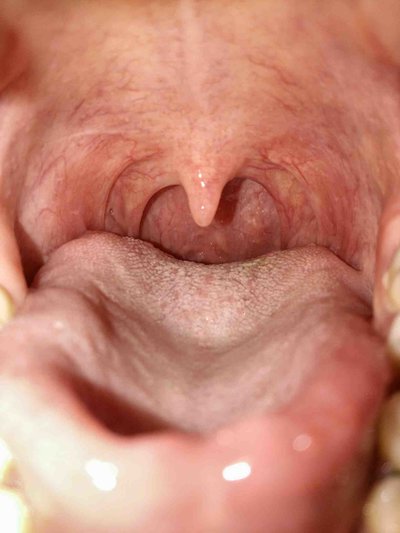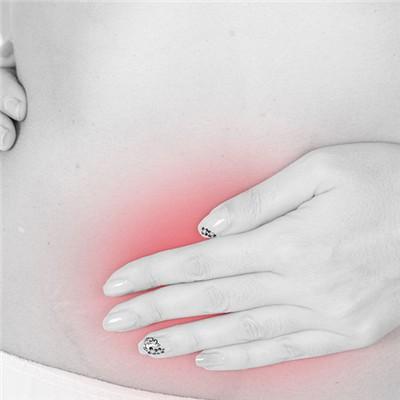How to treat laryngeal trauma?
summary
Laryngeal trauma refers to the injury of larynx by violence, which leads to the damage of larynx tissue structure, bleeding, dyspnea, hoarseness or aphasia. If laryngeal trauma has injured laryngeal cartilage and neck blood vessels, the treatment is urgent and complex. Improper treatment may endanger the life of patients or cause laryngeal scar stenosis and other sequelae. Therefore, it is necessary to make correct diagnosis and timely treatment of laryngeal trauma. Laryngeal trauma is mostly mechanical trauma, which is caused by external direct violence, such as traffic accidents, accidental injuries in sports, industrial accidents, war injuries, neck cutting and suicide. Tell you about me.
How to treat laryngeal trauma?
Including the fracture of the upper part of thyroid cartilage plate and epiglottis injury. In patients with acute laryngeal obstruction, routine tracheotomy was performed first, and then anterior commissural direct laryngoscopy was performed. Attention should be paid to laryngeal edema and laceration of laryngeal and hypopharyngeal mucosa. The operation included suturing the mucosal cleft and resecting the hematoma tissue of epiglottis and epiglottis stream. A transverse incision was made at the hyoid bone level in front of the neck. After cutting the hyoid bone, the thyroglossal membrane was cut into the pharyngeal cavity.

The epiglottis, the hematoma at the root of epiglottis and bilateral pseudovocal cords were resected. The laryngeal mucosa was sutured with silk thread, and the thyroid cartilage plate was closed as far as possible. The outer plate of thyroid cartilage was sutured with silk thread, and then the thyroglossal membrane was sutured. The incision was sutured layer by layer. 48 hours after operation, a drainage tube was placed through the nasopharynx for continuous drainage. When the reaction subsides after laryngeal surgery, try to plug the tube, and remove the tracheal tube when the respiratory tract is unobstructed.

Acute glottic injury: acute glottic injury showed thyroid cartilage fracture and vocal cord mucosal laceration. Routine tracheotomy should be performed under local anesthesia. Direct laryngoscope examination can further determine the location and degree of laryngeal mucosal rupture. Glottic injury examination can show the vocal cord and anterior commissure mucosal rupture and swelling.

matters needing attention
In daily life, eat more fruits and vegetables, keep optimistic mood, pay attention not to fatigue, pay attention to the recovery of the body, in addition, if there are any symptoms should go to the hospital for examination, and corresponding treatment, these are to actively do.

